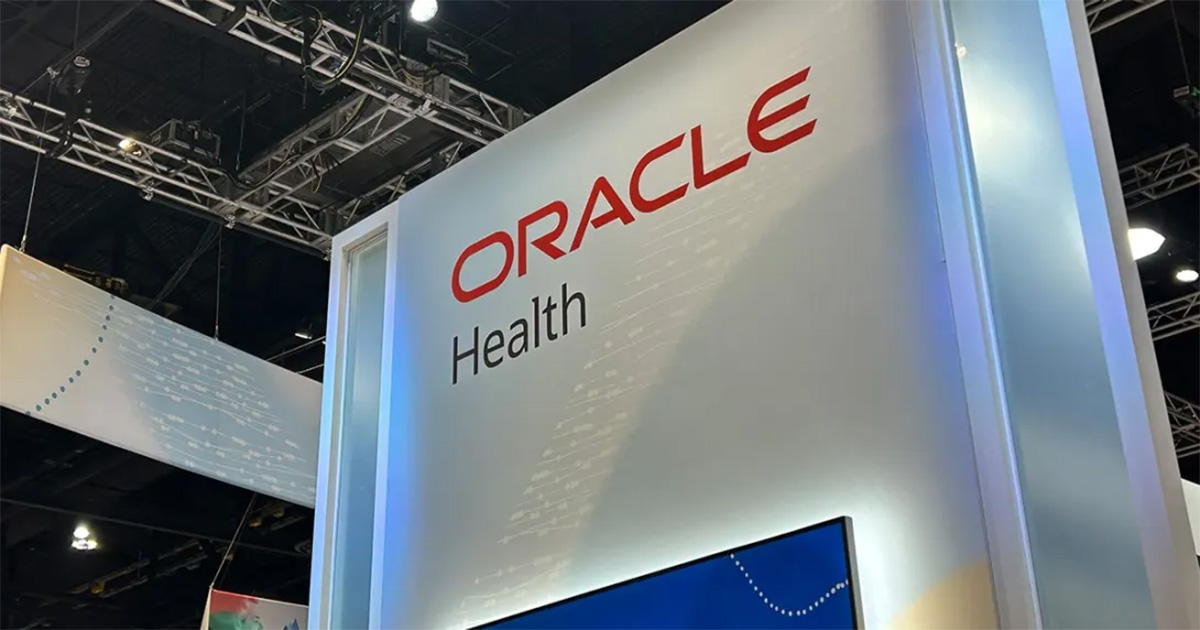Three Indiana and Ohio organizations are now sending clinical test results, reports and other medical information through their health information exchanges, a first in the country.
HealthBridge in Cincinnati, Ohio, the Indiana Health Information Exchange (IHIE) in Indianapolis, and HealthLINC in Bloomington, Ind., have each been recognized as pioneers in a national trend to enable medical information to flow electronically between doctors and hospitals.
Officials from these HIEs say they now form the nation's first live, multi-region clinical information exchange.
Each HIE has been in operation for years, but now they're exchanging data with each other, using clinical information standards. For example, if a baby goes to a hospital in Indianapolis, doctors at his or her pediatrician's office in Bloomington can now access his or her current medical information, including test results and radiology notes. The information follows the patient.
"This connectivity among communities will undoubtedly mean fewer repeated tests and better care coordination between rural and urban providers," said J. Marc Overhage, MD, CEO of IHIE. "If a patient has a provider in a different community, as long as they are part of one of the three HIE networks, their care teams will now have more complete medical information available to them much more quickly, enabling more efficient care and better health outcomes."
Overhage said the three organizations represent some of the largest and most successful health information networks in the nation, connecting more than 15,000 physicians, 50 hospitals and 12 million patient records. The secure networks are designed to provide faster, more accurate delivery of information in the doctor's office, fewer repeated tests, faster follow-up care, better health outcomes and lower healthcare costs.
"We know we can improve patient care by seamlessly and securely exchanging health information because we have been doing it in our own regions for years," said Robert Steffel, CEO of HealthBridge. "This connectivity helps pave the way for more doctors and patients to have the critical information necessary for high quality care regardless of where a patient lives."
In this first phase, the IHIE will be sending information to HealthLINC and HealthBridge providers. Full interconnectivity, with clinical information flowing in both directions among all HIEs, will be implemented by mid-September.
In 2007, the U.S. Department of Health and Human Services' Office of the National Coordinator awarded contracts to HealthLINC, HealthBridge and the Regenstrief Institute (IHIE) through the National Health Information Network. The HIEs worked together as part of the NHIN Cooperative to exchange data, including summary patient records for providers and patients.
"Today's go-live represents a real milestone in the use of technology in healthcare," said Todd Rowland, executive director of HealthLINC. "This is the first real-time, live, ongoing health information exchange between separate communities. Previous demonstrations have used test data or been within a single organization using the same technology system."
HIE officials said patients will benefit through the improved sharing of health information among their providers, while office staff will have results and documents at their fingertips in organized electronic charts, eliminating the need for phone calls and faxes.
"Coordination of care requires information sharing," said Jim Laughlin, MD, of Southern Indiana Pediatrics. "While many medical practices have systems that can share information internally, the connection between different regions and organizations allows me to track patient results from many labs or specialists. It is only through this kind of information sharing that we can hope to coordinate care in an efficient manner."


